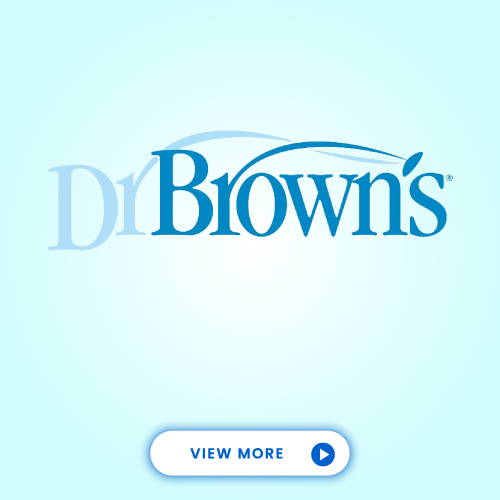Breast milk is very useful for your baby because it is rich in nutrients, immune substances and bacteria that are good for your child’s digestive system. These useful substances make breast milk yellowish. Different feeding times, ingredients will vary too. And of course, the taste of the milk will change depending on what mother eats.
In addition, breast milk contains important components such as fatty acids, lactose, protein, vitamins, and minerals. These are key nutrients that your baby needs for their proper growth in the first period of life.












